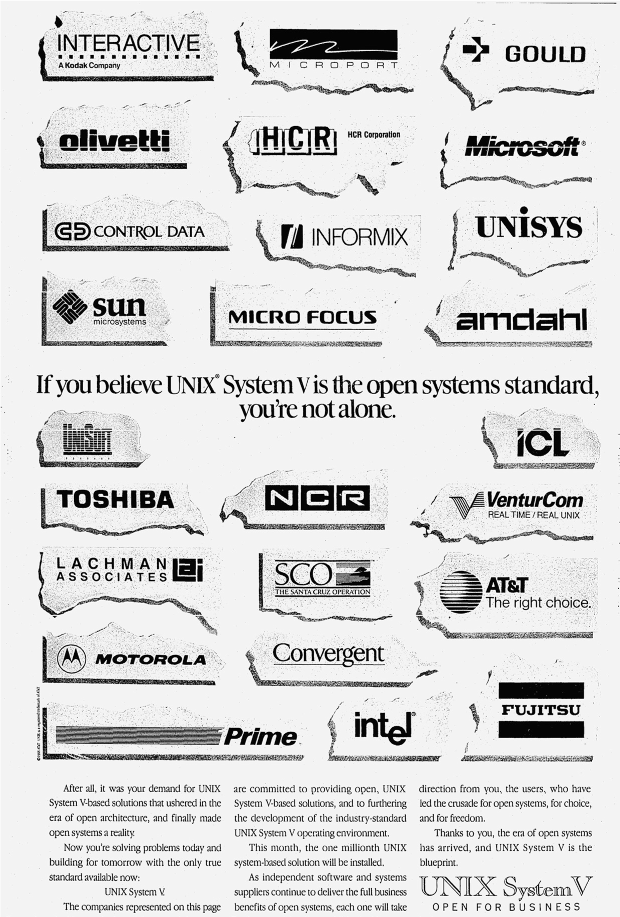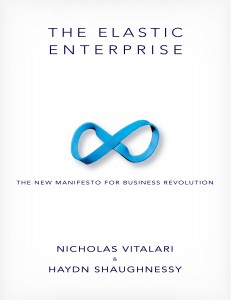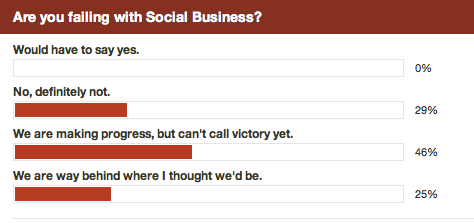It’s about that time again. We’re prepping for our annual year-end board meeting coming up in a couple weeks. Last year, our first year in business, I bought a copy of REWORK – the brilliant startup book by Jason Fried and David Heinemeier Hansson – for each of our partners and told them to read it before the meeting. As I sat down to write my first column for the Huffington Post in this new section, “ReWork: Rethinking Work and Well-being,” I thought about that coincidence. The six of us who launched the business weren’t really sure what we wanted to do specifically when we started. We just knew we all shared the same values and that we knew a lot of other people around the world who did too. REWORK, the book, gives you permission to ignore the experts, listen to your heart, make mistakes, and adjust your business strategy as you map to the market opportunity. We followed a lot of advice in that book, such as not having investors, not getting bogged down in a lot of tedious (and most likely wrong) strategic planning, and ensuring that we focused on our point of view and our beliefs vs. discrete products and services. The book’s guidance was fundamental to the success we experienced this year. I highly recommend it for all startups. As we prepare to reconvene this year, I’m happy to report we had a great year, and can actually afford to meet in a fancy Conference Center.
It seems everyone is rethinking what it means to work these days. Our company’s mission centers on questioning everything about the soullessness that engulfs enterprise culture and the enterprise worker today. The popularity of our message has enabled us to connect with people all over the world who are looking thoughtfully into what it means to work in the 21st century. One of my favorite finds is an ex-McKinsey consultant, Frederic Laloux, who confided to me after decades of high-end engagements, “I just couldn’t work for these toxic companies anymore.” Laloux left his job and spent three years researching and writing “Reinventing Organizations,” a book that joyously unravels and recasts everything he was trained to do as a leading management consultant. His book has become so popular, he tells me he’s had to hire an assistant to manage his inbound email. The time is ripe for a revolutionary change in business, and we need many more Laloux’s to come forward with big ideas.
Similarly, we find today’s new workforce generation starting out skipping the tedious, soul-sucking work of the corporate elite. My daughter graduated at the top of her NYU class in ‘13. Not one of her close friends in her top academic circles chose investment banking, MBA school, or an entry-level job with a corporate icon or management consulting firm. They’ve all chosen NGOs and nonprofits, including my daughter. The best example I discovered recently within this cohort is the three young founders of Bayes Impact: Andrew Jiang, Paul Duan, and Eric Liu. All three have highly accomplished technology skillsets and backgrounds very much in demand. The three chose to forego Silicon Valley’s vapid seduction of personal wealth creation and channel their superpowers into creating social change. At 26, Executive Director and Co-founder Jiang tells me, “If most people’s plans are to start a company, be successful, and then do the thing they want to do… well, we just skipped those first two.” As a nonprofit, Bayes Impact focuses on serving the “ignored spaces” of social change like poverty, criminal justice, education, and global health with world-class data science solutions. As Jiang says, “A couple of individuals can entirely transform a space.”
For every old-world Enron and every new-world Uber, with their questionable ethics and management practices, there are new voices and new companies out to break with the tradition of greed, exploitation, and burnout. Rethinking work and well-being is taking root within professional ranks everywhere – and it couldn’t come a moment too soon.








